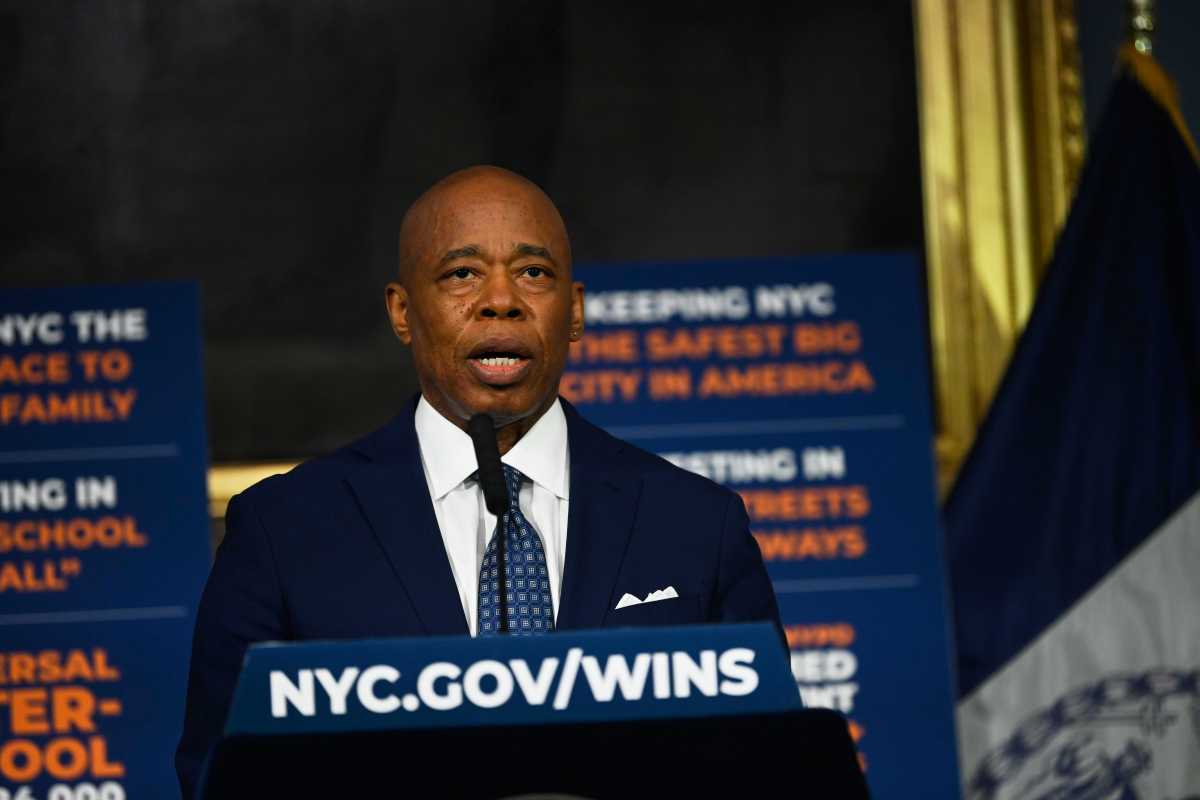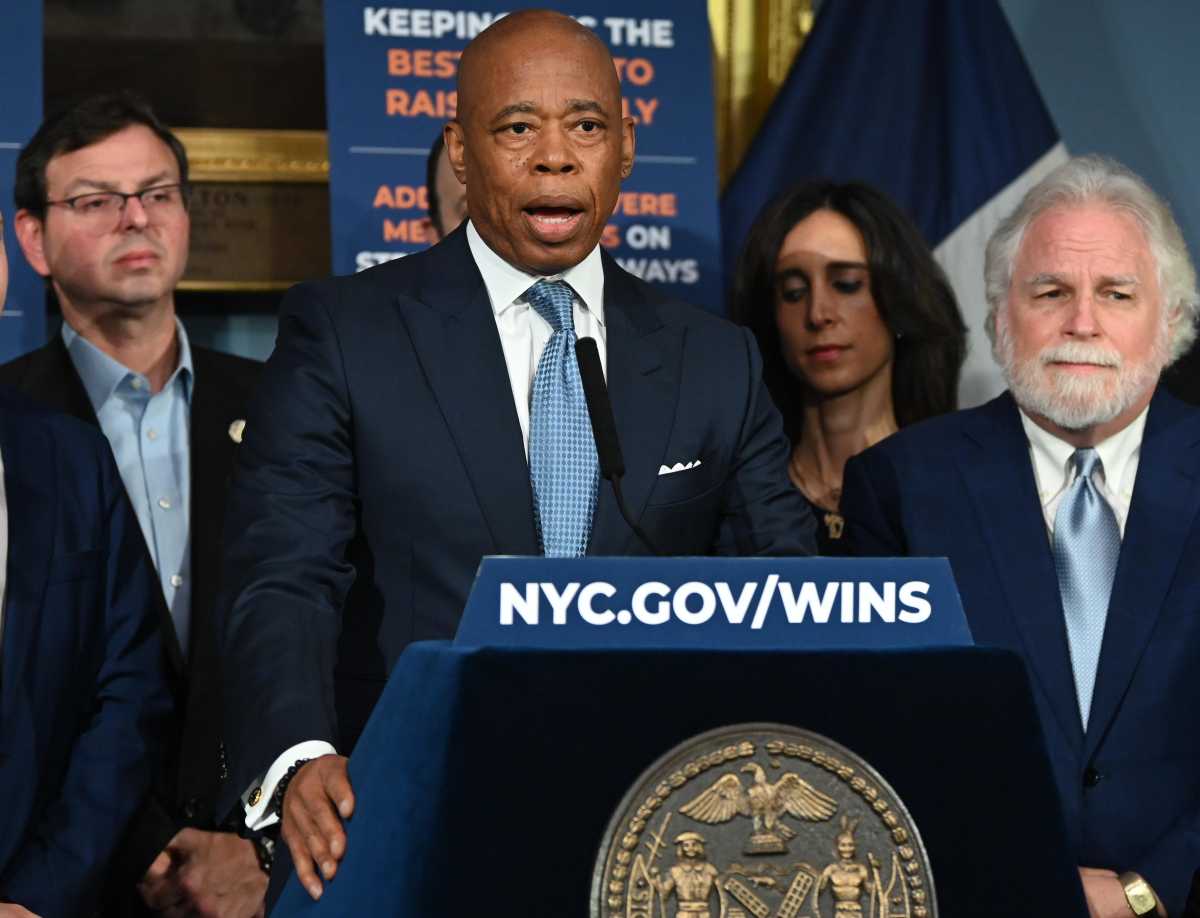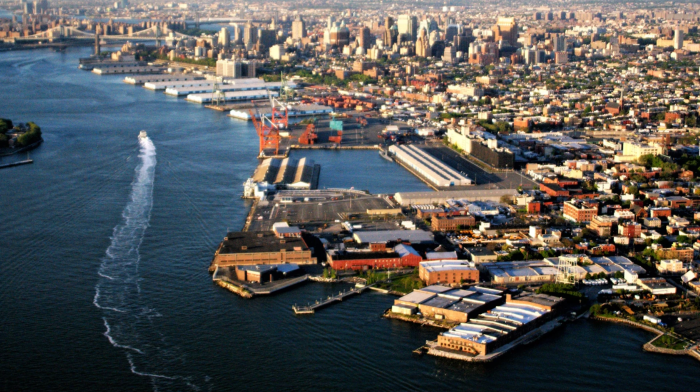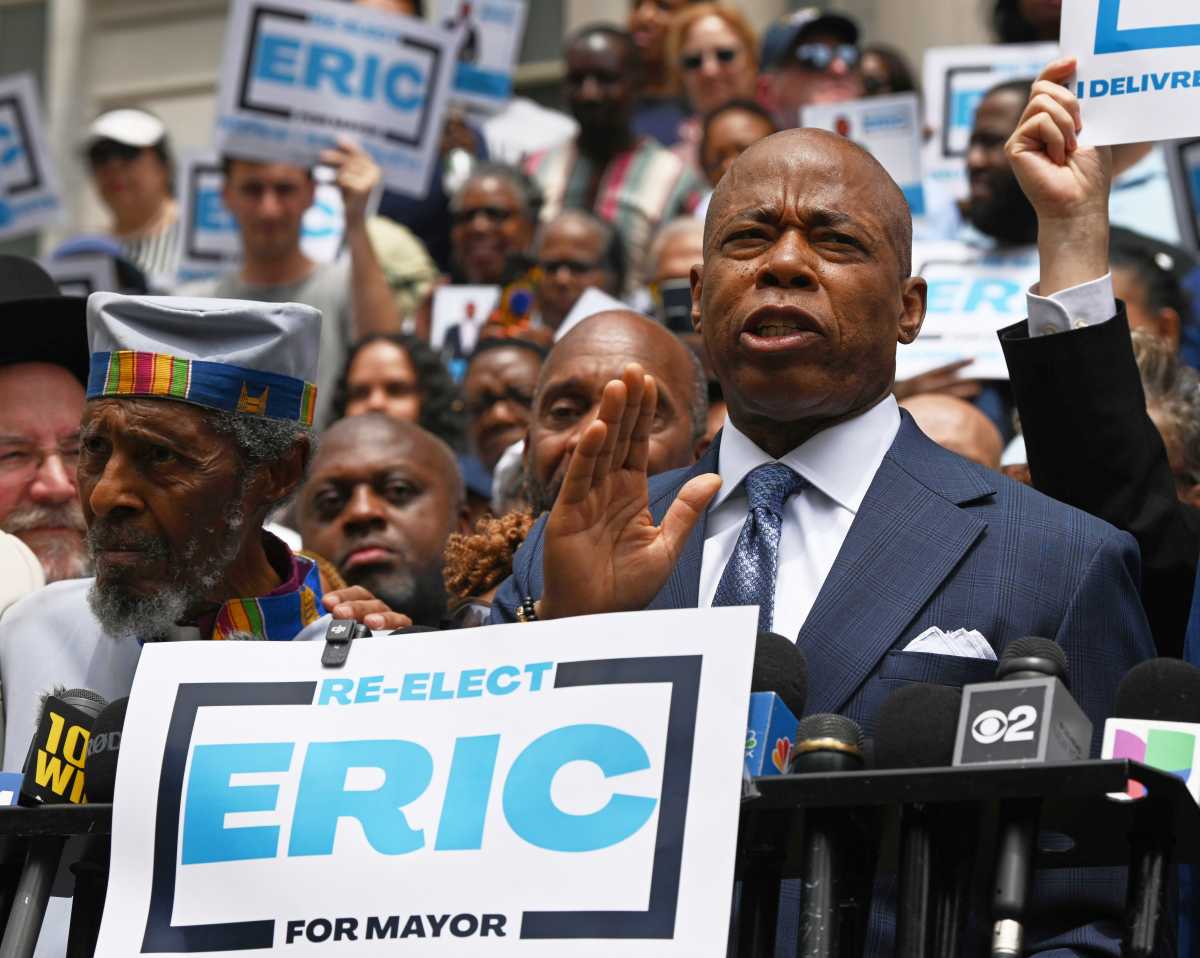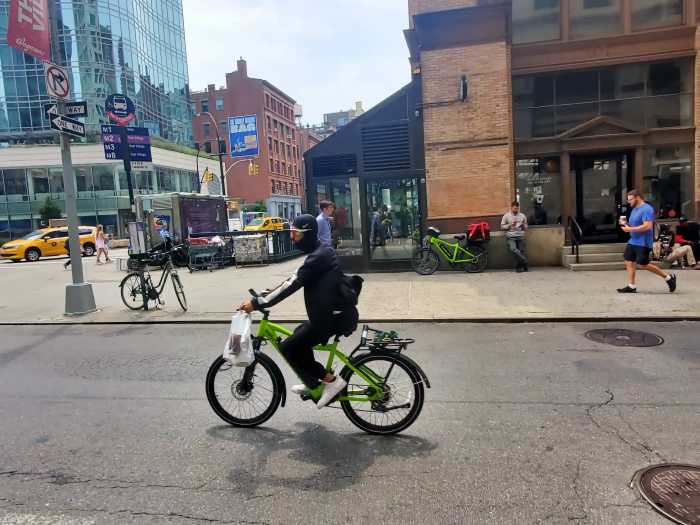This newspaper has reported that the state has “nixed” the schedule repairs of the Brooklyn–Queens Expressway, and that the feds have “pulled the plug” on the reconstruction of the triple-cantilevered highway beneath the Promenade overlooking the half-finished Brooklyn Bridge Park.
It is the only interstate route through Brooklyn and Queens and is the major connector to bridges to Manhattan. It carries 160,000 cars and trucks daily, more trucks than on the New Jersey Turnpike. It is the critical bypass of traffic around densely built neighborhoods and heavily congested local streets.
The cantilever is now operating beyond its expected life and has serious safety deficiencies that have long posed the risk of an unexpected shutdown. The potential impacts are so enormous and the mitigation so costly that it has been difficult for the state to find an acceptable design solution. It is easy to blame the economy and state and federal budget cutbacks for shelving the whole project. But the problems will not go away with Band-Aid fixes. The solutions only become more limited and more costly.
Tens of millions of dollars have been spent on assessing the options and examining ways to reconstruct the cantilever while keeping traffic moving (such as temporary double-decking of Furman Street and access through Brooklyn Bridge Park).
At some point, our economy will improve and we will be looking for shovel-ready projects. When the Obama administration was giving out “stimulus” money, few projects in New York were “shovel-ready.” My own experience as a traffic consultant for the state Department of Transportation is that many projects go through multiple lives wasting millions of dollars as projects are re-redesigned over and over again — many never to be constructed. This cannot happen with the cantilever — it must be rebuilt at some point.
We all understand that these are hard times and that cash is short. It would a chaotic and costly mess for Downtown communities to experience an emergency shutdown of the cantilever and have to wait two or three years for design and permitting. We must bring the engineering of the cantilevers to being “shovel-ready” and be ready to implement it on an emergency basis in case the worst happens.
Brian Ketcham is a retired traffic engineer and principal of the former Konheim & Ketcham, a Brooklyn-based firm that prepared traffic and environmental analyses for many of the largest transportation projects in the metropolitan area. For 40 years he also donated his expertise to community organizations on dozens of proposed development projects.


